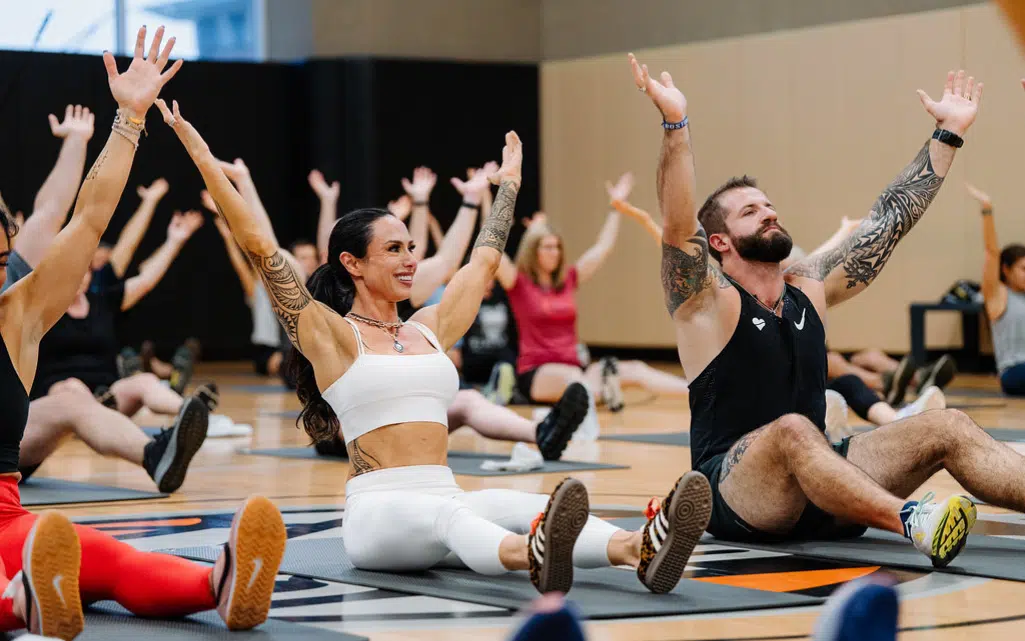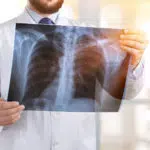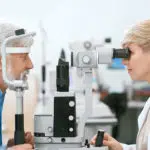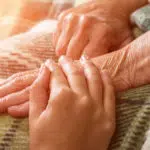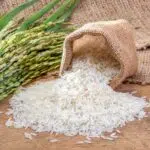National Muscle Health Month, celebrated each November, spotlights one of the most overlooked pillars of wellness: muscle. Spearheaded by Dr. Gabrielle Lyon, a board-certified physician and founder of the Muscle-Centric Medicine® movement, this month reframes muscle from an aesthetic pursuit to a medical necessity. Muscle is the largest organ system in the body, central to metabolism, immunity, mobility, and aging well — yet more than 80% of Americans fall short of basic muscle-strengthening guidelines and over 50% of older adults have clinically low levels of muscle mass. National Muscle Health Month serves as a unifying call to action, inspiring people of all ages to build, protect, and prioritize strength as a prescription for longevity.
History of National Muscle Health Month
Muscle has long been misunderstood, often reduced to a symbol of athletic performance or physical appearance. But science tells a different story: skeletal muscle is the largest and most metabolically active organ in the body, accounting for nearly half of a person’s body weight.
Beyond power and mobility, muscle plays a crucial role in improving blood sugar control, protecting against chronic disease, bolstering immune defenses, and even safeguarding cognitive health. Despite this, society faces an epidemic of muscle decline fueled by sedentary lifestyles, poor nutrition, and cultural neglect of strength training.
Over 80% of Americans fail to meet the minimum muscle-strengthening guidelines recommended by health organizations. Children experience steep drops in activity levels as early as age seven, setting the stage for a lifetime of weakness and metabolic dysfunction.
As of 2023, 40.3% of U.S. adults are obese, and the average adult spends 7–8 hours per day completely sedentary. These factors accelerate muscle loss; a condition known as sarcopenia. When obesity and sarcopenia occur together, the result is sarcopenic obesity: a dangerous combination that reduces mobility, worsens metabolic health, and increases risk for disability and loss of independence with age.
Recognizing this urgent need for a cultural shift, Dr. Gabrielle Lyon launched the concept of National Muscle Health Month to reposition muscle as essential, proactive healthcare. A board-certified physician and founder of the muscle-centric medicine movement, Dr. Lyon has been a leading voice in educating the public that “muscle is medicine.” Her vision: create a unifying platform to inspire action, highlight prevention, and give strength the same recognition as heart or mental health awareness campaigns.
Unlike awareness initiatives that focus solely on fighting illness, National Muscle Health Month flips the script. It emphasizes building resilience and biological armor — the proactive, preventative power of muscle. By dedicating November to education and engagement, the holiday empowers people of all ages and backgrounds to see muscle not as a vanity project, but as the foundation of health, vitality, and longevity.
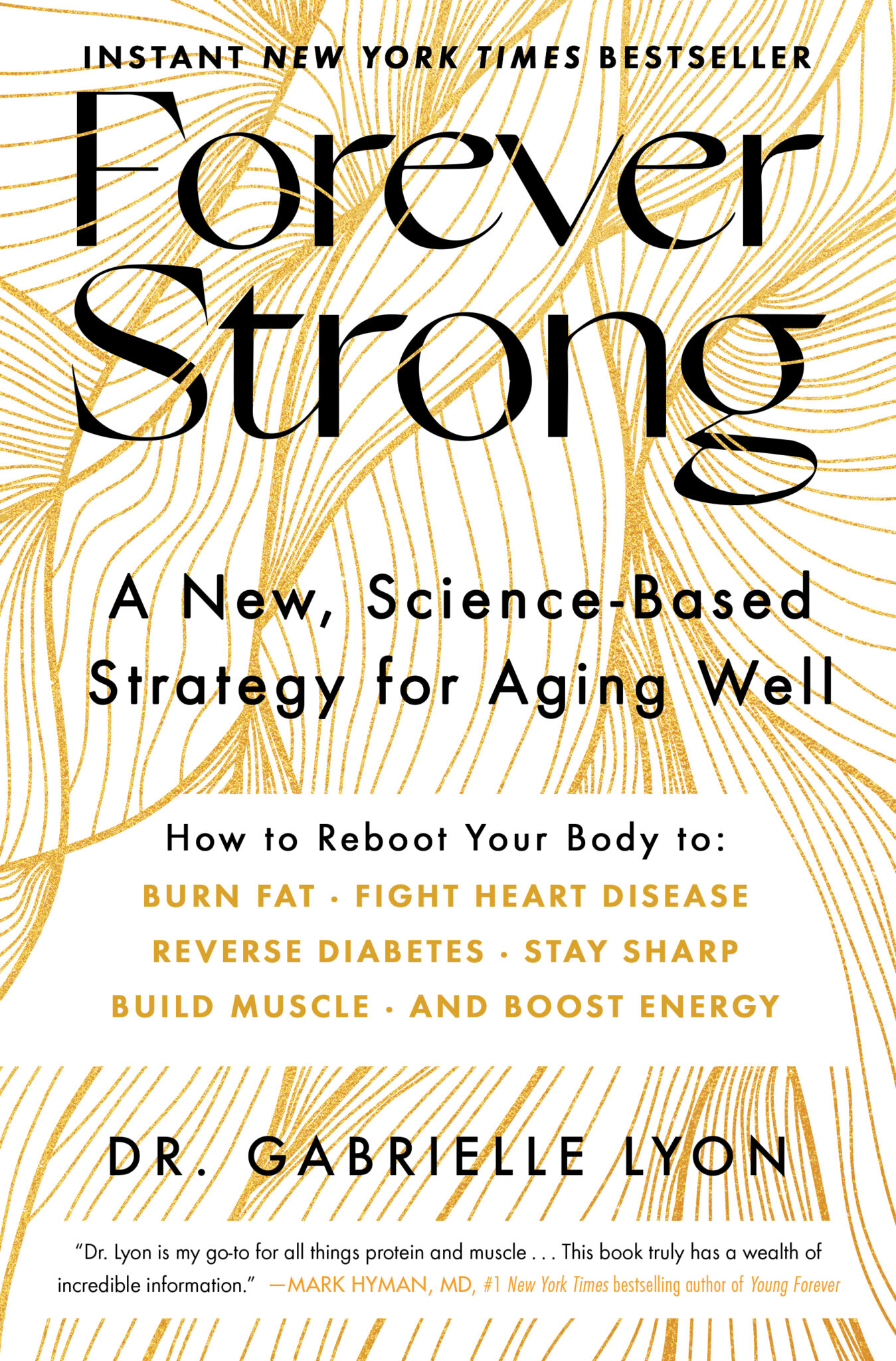
National Muscle Health Month timeline
For most of human history, survival depends on lifting, carrying, dragging, and hauling heavy objects (firewood, water, tools, hunted game). Our ancestors practice “functional resistance training” daily, not for aesthetics or sport, but to live. This evolutionary demand hardwires muscle as a key organ for resilience, mobility, and survival.
In Greek and Roman culture, strength is seen as both a gift of the gods and a skill to be cultivated. Long before scientific medicine, athletic training is intertwined with survival, freedom, and personal identity. Physical power is celebrated on the battlefield and in the brutal spectacle of gladiatorial combat.
Alan Calvert founds the Milo Barbell Company, introducing one of the first commercial lines of barbells in the United States and modernizing weight training.
"Pumping Iron" by Charles Gaines brings bodybuilding and resistance training into mainstream culture, reshaping the public image of strength and muscle.
Resistance training gains medical legitimacy with an American Heart Association position stand confirming that resistance training is safe and beneficial even for people with cardiovascular disease, cementing its role in clinical exercise prescription.
Dr. Gabrielle Lyon first conceptualizes Muscle-Centric Medicine® during her fellowship in geriatrics at Washington University. Working with frail older adults, she witnesses how the loss of muscle drives disease, disability, and decline and realizes that muscle is the true cornerstone of health, vitality, and longevity.
Dr. Gabrielle Lyon begins popularizing the concept of muscle as the “organ of longevity” through her clinical work and public speaking.
Dr. Gabrielle Lyon publishes her book Forever Strong, which becomes a bestseller and brings mainstream attention to muscle-centric medicine.
November is officially recognized as National Muscle Health Month, reframing muscle as medicine and sparking a cultural movement.
Dr. Gabrielle Lyon publishes The Forever Strong PLAYBOOK, designed as a six-week action plan, balancing science with highly implementable tools, routines, illustrations, and reflection prompts teaching people how to take action to protect their musclespan.
Coming in 2026 - Dr. Gabrielle Lyon's The Forever Strong PLAYBOOK
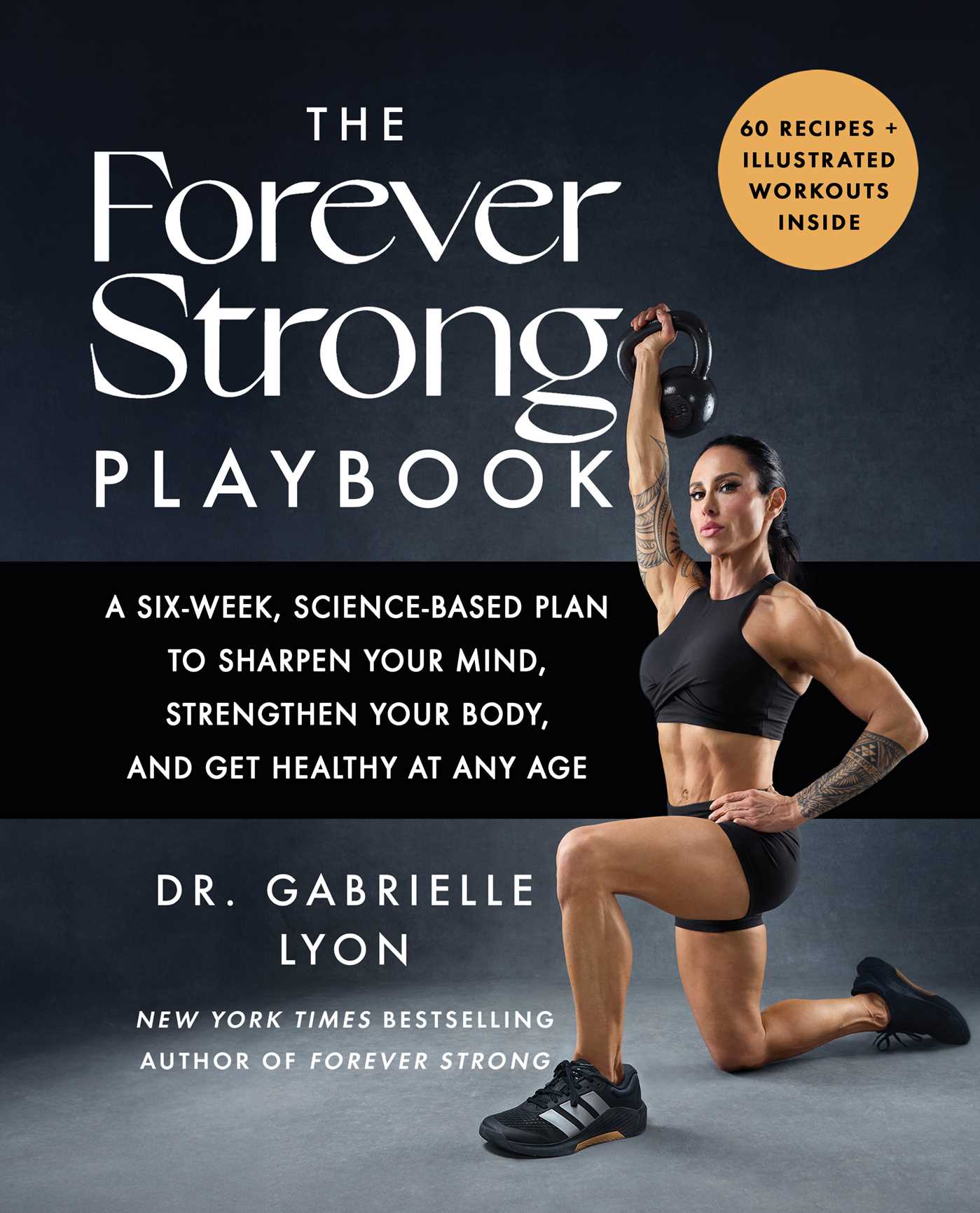
National Muscle Health Month FAQs
Is muscle really considered an organ?
Yes. Skeletal muscle is the body’s largest organ system, accounting for 40–50% of total body weight. Far beyond movement, it’s a powerhouse that improves blood sugar control, supports immunity, and releases signaling molecules that influence the brain, liver, and other vital organs.
Who should care about muscle health?
Everyone. Kids and teens need it to build lifelong strength. Adults rely on it to stay energetic and resilient. And for older adults, protecting muscle can mean the difference between independence and frailty. Strong muscles are central to living longer, stronger, and more capable.
Does resistance training really make a difference?
Absolutely. Resistance training is the most effective way to build and preserve muscle. It not only improves strength and mobility but also lowers the risk of chronic diseases, boosts metabolism, and protects against age-related decline. Even small, consistent efforts can deliver life-changing benefits.
How to Observe National Muscle Health Month
Set realistic fitness goals
Use visualization to find your “why”
Break down big goals into smaller parts
Create daily goal-supporting habits
Create challenging but achievable goals
Enjoy the struggle!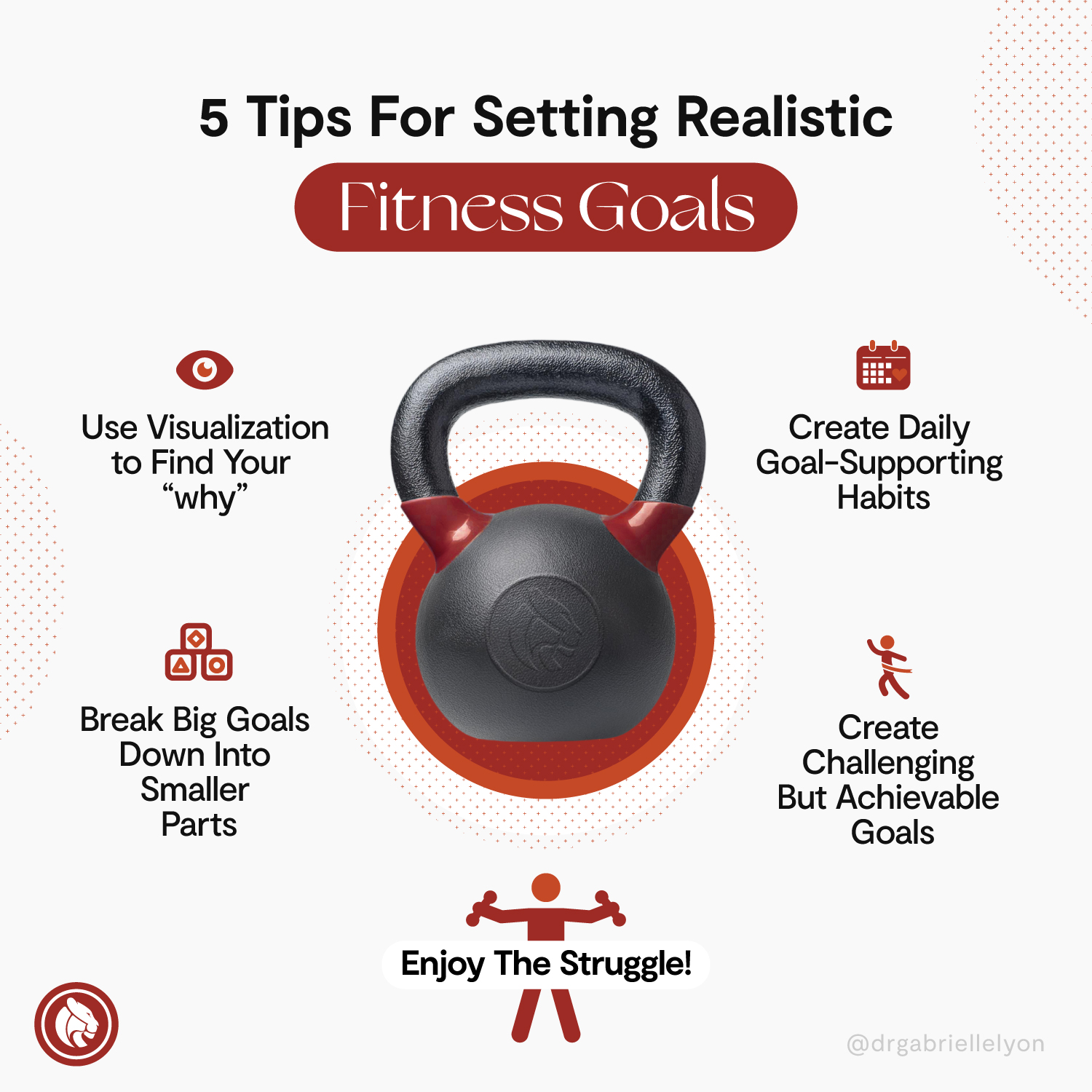
Add small increases in daily activity to make a big difference
Every hour, complete 10 to 20 air squats
Stand at your desk
Get your heart rate up with a brisk walk to the bathroom or water fountain 10 times a day
Bring a resistance band to your office to get in a quick 10-rep set of bicep curls between tasks
Wear a lightly weighted vest to work to add in just a little more resistance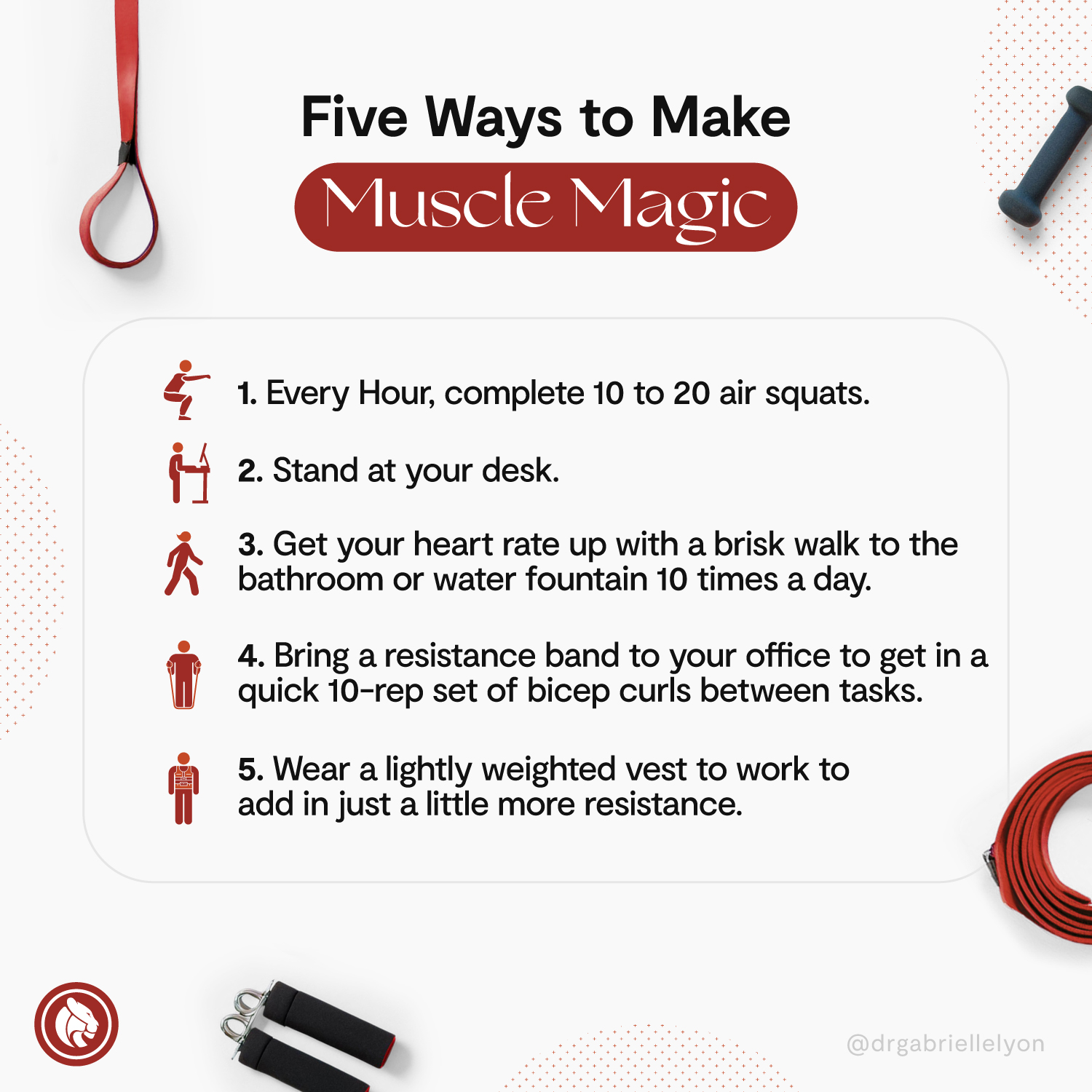
Tell everyone you know
Join the Muscle 30 Challenge and get the word out about the importance of muscle health.
- Eat 30g of protein per meal
- Walk 3,000 steps a day
- Do 30 reps of your favorite strength move (e.g., push up or squat).
5 Facts About National Muscle Health Month
In the U.S., only 17% of women and 22% of men engage in some form of strength training.
Healthy, active muscle helps your body clear glucose efficiently and stay insulin sensitive.
When you train, muscle releases “myokines” — chemical messengers that fight inflammation and improve brain health.
People with more muscle mass live longer and have lower risk of chronic diseases.
Resistance training builds muscle at any age; even people in their 80s and 90s can grow stronger with it.
Why National Muscle Health Month is Important
Strength equals freedom
Strong muscles give you the ability to move, lift, and live on your own terms. From carrying groceries to hiking a mountain, muscle provides independence at every age. Without it, daily life quickly becomes limited.
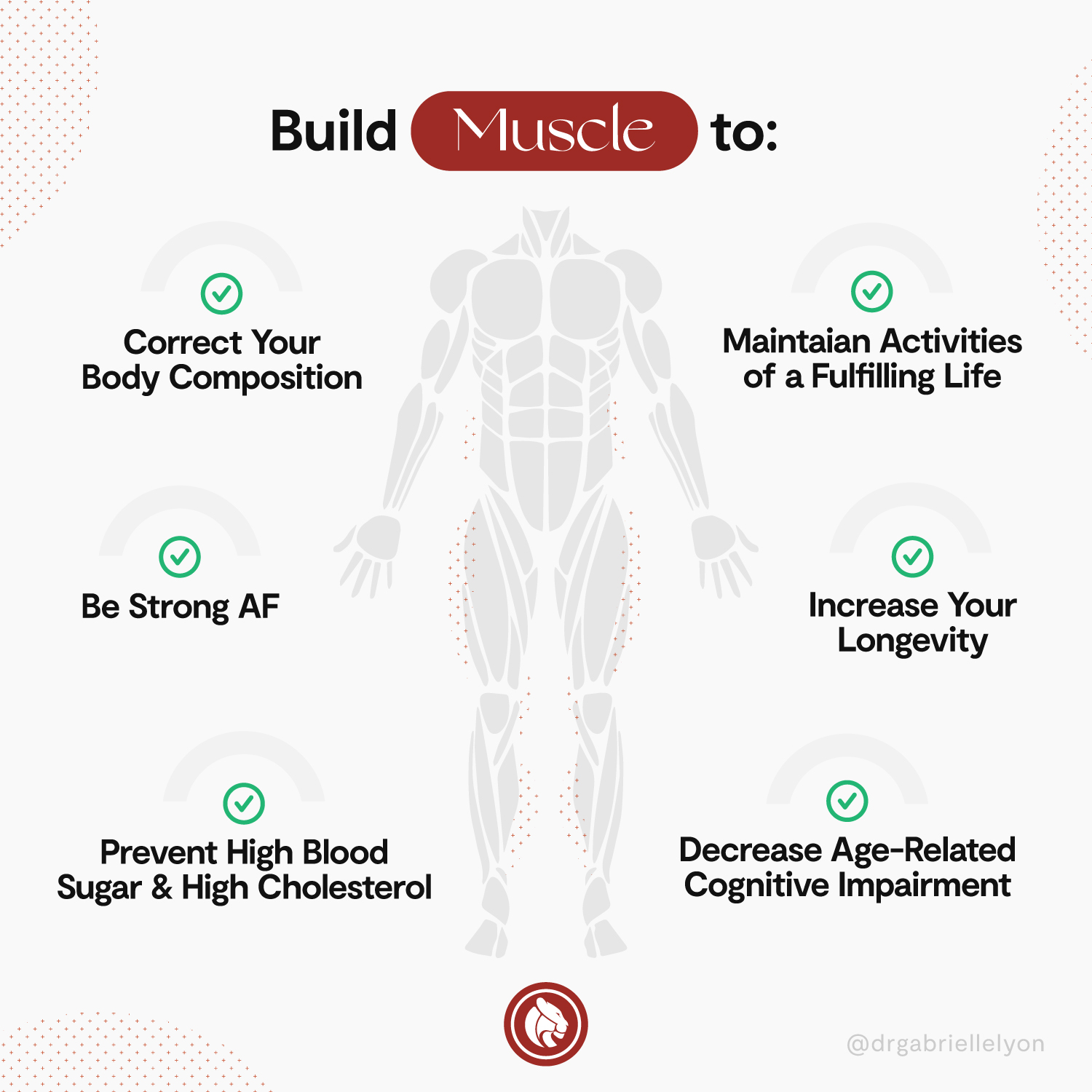
The ultimate health protector
The Ultimate Health Protector. Muscle isn’t just for looks. It shields you against chronic disease. By improving blood sugar control, enhancing metabolic health, and lowering inflammation, it acts as one of the most powerful tools we have to fight aging and illness.
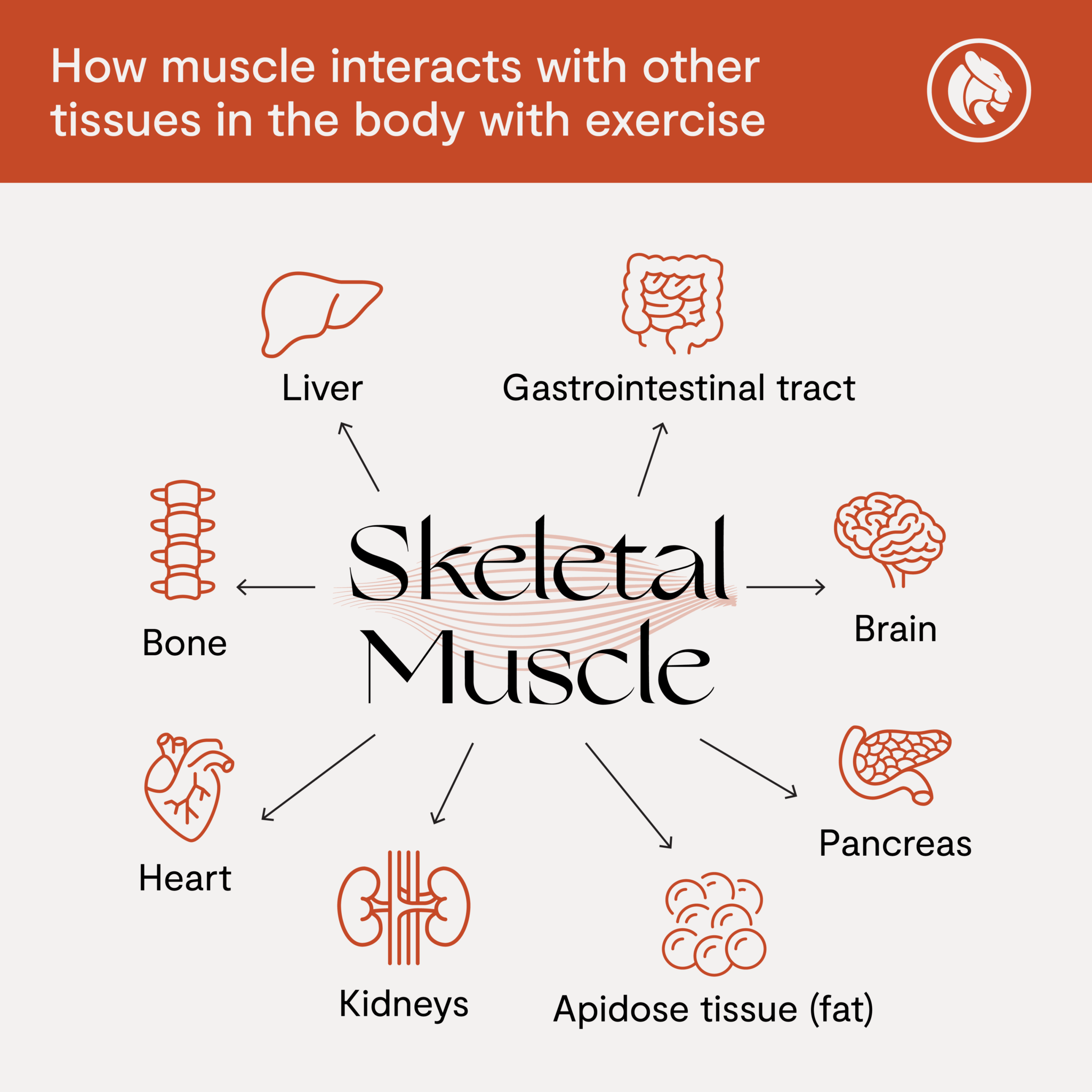
Confidence from the inside out
Training builds more than muscle, it builds confidence. Whether it’s standing taller, feeling more energetic, or knowing your body can handle life’s demands, the strength you gain in the gym radiates into every other part of life.
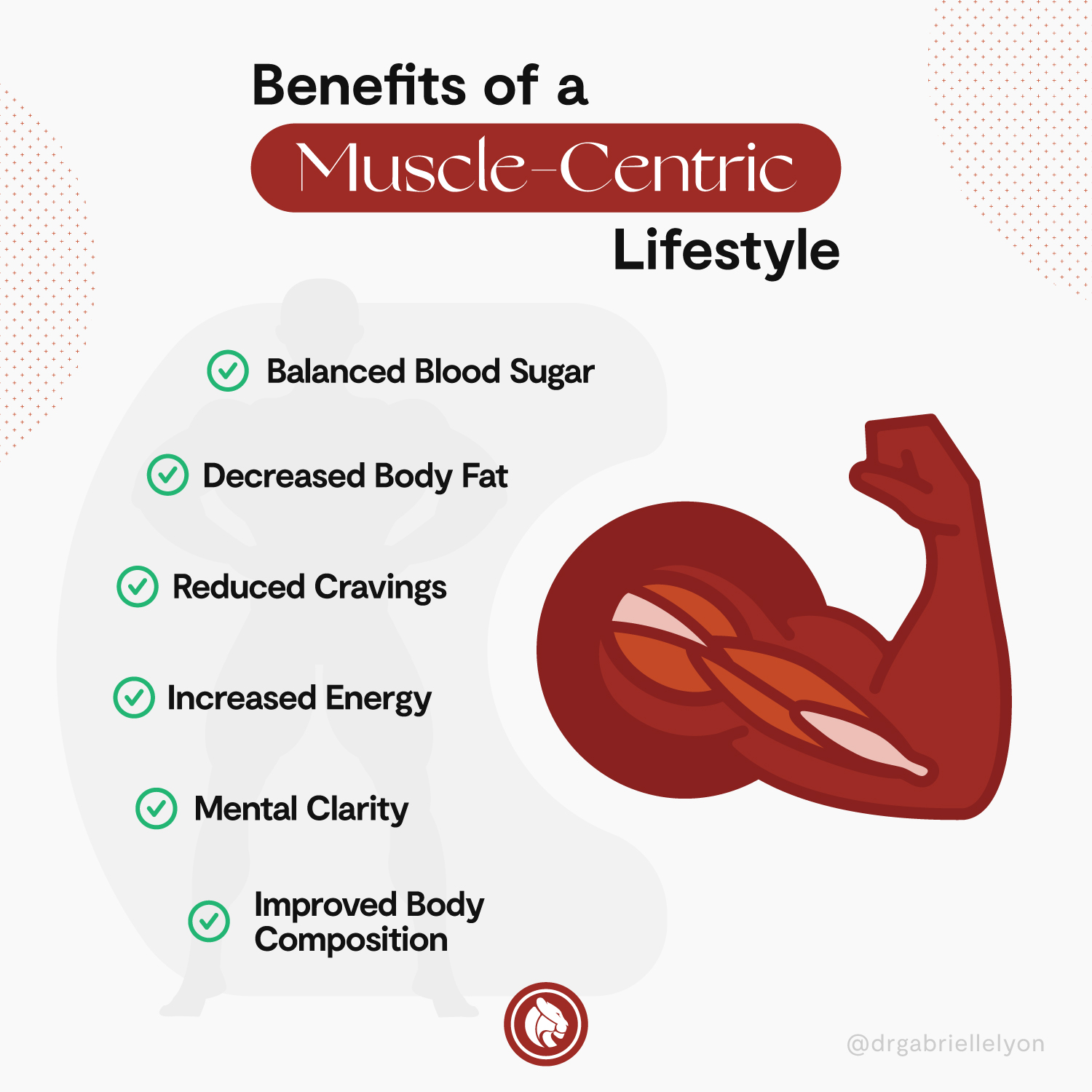
National Muscle Health Month dates
| Year | Date | Day |
|---|---|---|
| 2026 | November 1 | Sunday |
| 2027 | November 1 | Monday |
| 2028 | November 1 | Wednesday |
| 2029 | November 1 | Thursday |
| 2030 | November 1 | Friday |
